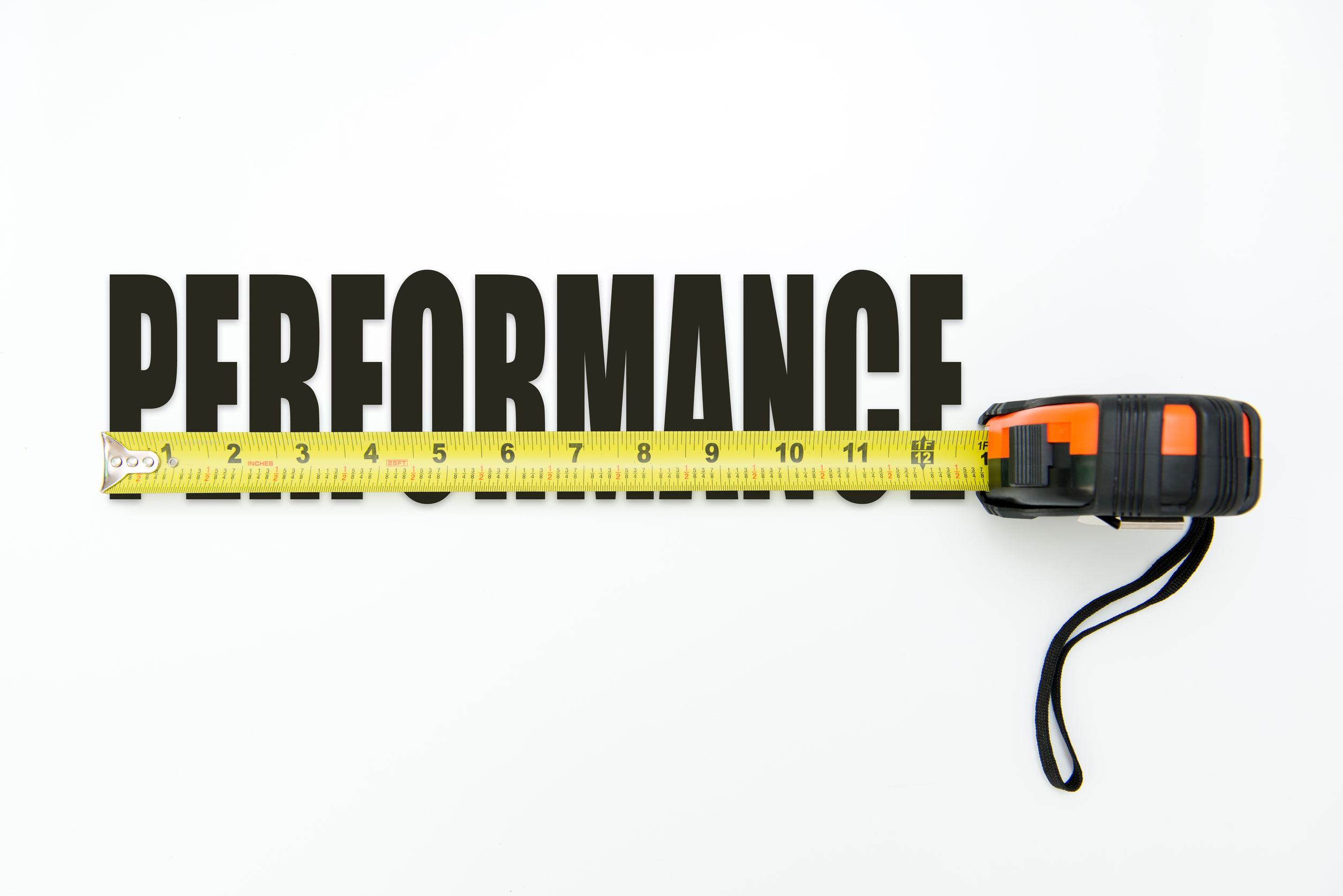Improve efficiency using Lean Construction
Sustainability is a popular word in the building trade recently. It often conjures up images of sandal wearing hippies sipping on their organic kombucha, not hardened business owners struggling to make a living. In my mind sustainability is as much about economic survival and profitability as it is about our concern for the natural environment. Also, the two aspects of sustainability are not mutually exclusive and can lead to a win-win outcome.
One aspect of sustainability that you could consider is the adoption of Lean Construction principles. Lean theory has come from the manufacturing sector, most notably the car manufacturer Toyota. The Toyota Way was a movement that lead to the company becoming the most successful car manufacturer in the world and has been adopted and adapted by many companies in several industries since.
But building a car is not like building a house, I hear you say. You’re right. Many of the principles of Lean Manufacture need adapting for construction due to the different environment you work in and the bespoke nature of many projects. That said there are several fundamental principles that are used in Lean Construction which can help you improve both the environmental and economic sustainability of your business.
In essence Lean is about the continuous minimization of waste so value to the customer is maximised. These areas of waste include:
- Defects – construction not initially completed to specifications
- Overproduction – construction that is faster and more than required
- Waiting – time lost when people, materials or equipment are unavailable
- Non-utilized talent – wasted potential when the people doing the work are not consulted for improvements
- Transportation – poor handling of materials and equipment around a site
- Inventory – excess materials
- Motion – movement of personnel and equipment that does not add value
- Extra processing – doing more than the specified requirements to transform the raw materials into the finished product
Not all of these areas of waste will be present on all your projects all the time (at least I hope they won’t!). I would also contend that you cannot put your hand-on-heart and say none of your projects have instances of these examples of waste. There is always room for improvement in the efficiency of how you operate in the field. The advantage of improving your efficiency through the use of tools such as Lean Construction and its component parts will result in less resources being used to produce the finished project, less impact on the natural environment and likely an improvement to your bottom-line profit.
If you are looking to improve the performance of your business and reduce your stress, it may well be better to focus on improving your business and administration operations FIRST before stepping on your marketing and sales accelerator. Hitting the big revenue target may be good for the ego, but at what cost?
A related concept to Lean is that of Kaizen. It is a Japanese word meaning “change for good”, or in other words Constant Improvement. Here is a link to a short video on the concept of Kaizen. CLICK HERE.

